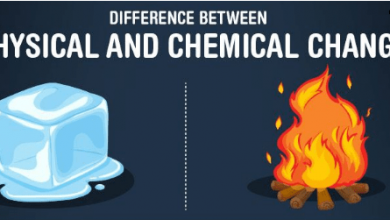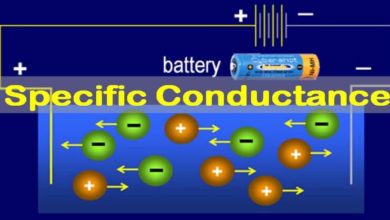Difference Between Addition and Condensation Polymerization
The Basic Difference Between Addition and Condensation Polymerization is that Addition Polymerization involves only one monomer and does not lead to a loss in smaller molecules e.g PVC and Teflon while Condensation Polymerization involves two different kinds of monomers and lead to loss of simple molecules like HCl etc. for example nylon, bakelite.
Difference Between Addition and Condensation Polymerization in Tabular Form
| Addition Polymerization | Condensation Polymerization |
| those Monomers having either a double bond or triple bond are called Addition Polymers. | those Monomers having two similar or different functional groups are called Condensation Polymers. |
| they do not produce any by-products. | they produce different By-products such as water, ammonia, and HCl, etc. |
| all polymers are resulted by the Addition of monomers. | also, polymers are resulted by Condensation of monomers. |
| The molecular weight of the resultant polymers is a multiple of the monomer’s molecular weight. | The molecular weight of the resultant polymer is not a multiple of the monomer’s molecular weight. |
| Lewis acids or bases, radical initiators are used as catalysts. | in condensation polymerization, Lewis acids or bases, also used as catalysts. |
| Examples of addition polymerization: PVC, Teflon, polyethylene, etc. | Examples of condensation polymerization: nylon, silicon, bakelite, etc. |
Addition polymerization Vs. Condensation Polymerization Explanation:
polymerization is a process or phenomenon in which a large number of small molecules are combined to form a big or macromolecule. these small molecules are known as building blocks and called monomers. on the basis of different reactions, Polymerization is divided into two major types i.e, Addition polymerization and Condensation Polymerization.
the repeated addition of monomers having double or triple bonds of polymers is called Addition polymerization. in this type of polymerization, no molecule is eliminated, and often one monomer takes part in it. all unsaturated compounds are known as monomers.
while the repeated process of condensation reactions of two different bi-functional or tri-functional monomers is said to be Condensation polymerization. in this process, a large number of molecules take part and many monomers are combined to form large molecules. many of the small molecules are eliminated such as ammonia and water etc. these monomers contain two functional groups
You May Also Like:

